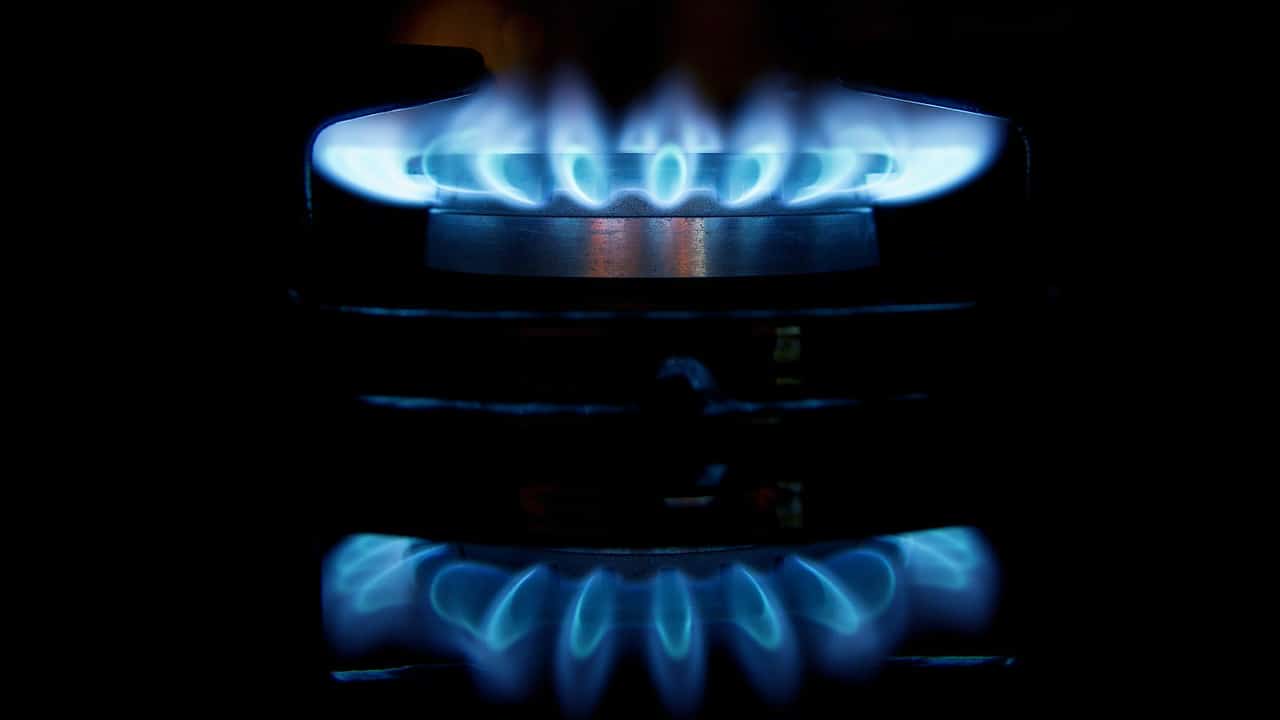Alberta’s introduction of mandatory production cuts for oil sands producers, which will reduce oil production by 325,000 barrels daily for roughly nine months, gave Canadian crude prices a solid boost. This, along with other measures being considered by Edmonton, including investing in expanding crude by rail, is helping to underpin the prices of Western Canadian Select (WCS) and Edmonton Par, the two key price benchmarks for Canadian heavy and light crude, respectively.
These measures have done little to alleviate the mounting crisis facing Canadian natural gas producers, which has heavily impacted their financial performance and market value. Encana, Canada’s top natural gas producer by volume, saw its stock plunge by 42% over the last year, while Painted Pony Energy (TSX:PONY) as well as Peyto are both down by around 40%. There are signs that weaker domestic natural gas prices are here to stay, which will further impact Canadian upstream producers.
Poor outlook for natural gas
The differential between the Canadian natural gas and the North American Henry Hub benchmark price has widened significantly in recent months. At the start of August 2018, the Canadian benchmark AECO price was US$1.14 per million British thermal units (MMBTU), or US$1.62 lower than the Henry Hub price of US$2.76 per MMBTU. Since then the differential has widened to US$1.66 per MMBTU to see Canadian natural gas selling for less than half of the Henry Hub price of US$3.18 per MMBTU.
That has been caused by an emerging natural gas supply glut in Western Canada, triggered by growing production and infrastructure bottlenecks — notably, a lack of pipeline exit capacity, which is preventing natural gas from being shipped to crucial energy markets. That is weighing heavily on the performance of drillers focused on the production of natural gas in Canada’s energy patch.
Canadian upstream gas producers failed to rally when prices surged in late 2018 because of a sharp uptick in consumption caused by unseasonably cold weather. That rally, which saw the North American spot price rise to over US$4.60 per MMBTU in early December 2018, kindled considerable speculation among analysts that the prolonged slump in natural gas was over.
Since then, the fuel has pulled back sharply to be trading at US$3.17 per MMBTU, leaving it down by 10% over the last year. There are signs that natural gas will weaken further. The U.S. Energy Information Administration (EIA) is predicting that the spot price will fall to under US$3 per MMBTU during 2019, because a rapid expansion in production means that supply will far outstrip demand growth.
That isn’t the only headwind emerging for Canadian natural gas drillers. Infrastructure bottlenecks — notably, a lack of pipeline capacity to transport the gas produced in Western Canada to crucial energy markets — are worsening, precipitating a localized supply glut which is weighing on AECO pricing.
Data from the Canadian Gas Association shows that while December 2018 domestic natural gas inventories fell by 6% month over month to 662 billion cubic feet, they were still 18% greater than at the start of 2018. A marked uptick in drilling activity, particularly in the Montney and Duvernay shale formations, will cause production to grow at a rapid clip. For the third quarter 2018, Painted Pony, which is focused on the Montney, boosted its natural gas production by 38% year over year to 350 million cubic feet daily.
Growing production, along with the usual seasonal decline in demand as winter ends, will cause stockpiles to grow, placing considerable pressure on local prices. That will cause natural gas to weaken and the differential between AECO and Henry Hub pricing to widen. Energy consultancy Aegent Energy Advisors estimates that the AECO differential to the Henry Hub spot price will widen to around US$2 per MMBTU by April 2019, which is 20% greater than the current discount. That will see the Canadian benchmark trading at roughly US$1 per MMBTU or a third of the Henry Hub spot price, which is a gloomy portent of things to come for upstream Canadian natural gas producers.
Domestic natural gas drillers are unappealing investments
It is difficult to find anything appealing about most of Canada’s natural gas stocks. Many drillers like Painted Pony and Peyto are facing another tough year in 2019, and even their moves to streamline operations, unlock efficiencies, and reduce operating expenses won’t significantly boost profitability. That — along with the poor long-term outlook for Canadian natural gas prices — makes them unattractive investments.






